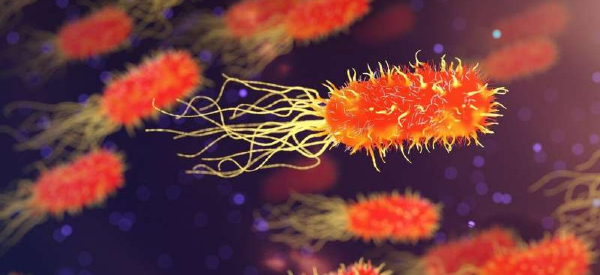
Harvesting host energy to power biosensors is an efficient way to keep wearables and injectables running, at least in theory. We wrote about recent work at ETRI on a thermoelectric module that generates energy to power sensors from human body heat. In 2019 we covered a macrofiber composite energy harvester developed by engineers from the Department of Mechanical and Automation Engineering at The Chinese University of Hong Kong.
Engineers from Boston University and the University of Bordeaux partnered to develop technology in which proteins in the host body play dual roles as both sensors and power sources. The team published a paper about the bacteria-derived protein biosensor in Nature Communications.
The team used genomic screening and functional assaying to develop a technique to identify and isolate biosensing proteins called transcription factors (aTFs). In addition, they employed a quantum-dot Förster Resonance Energy Transfer (FRET) strategy. Förster Resonance Energy Transfer, also known as fluorescence resonance energy transfer, occurs when energy moves from a donor molecule to an acceptor molecule.
In this application, the BU and Bordeaux team used the FRET strategy to quantify and measure the energy exchange that indicated the biosensing of a target hormone protein. The team succeeded in producing a biosensor that detects the female hormone progesterone. The sensor is reversible, which allows it to generate continuous measurements as the hormone level rises and falls. This specific example alone is a breakthrough because current progesterone measurement methods capture the level at only a single point in time.
The greatest takeaway from the BU/Bordeaux work, according to BU associate of biomedical engineering and team leader James Galagan, is “There are potentially millions of similar proteins. They can sense just about anything that affects our health. A primary reason we don’t have more sensors like the glucose sensor is that the proteins needed to make those sensors haven’t been identified.”
Based on Galagan’s team’s work, the future of biosensing wearables could be clusters of self-powered protein structures combined to detect and report relevant health-related biometrics. Stretching this concept a bit further, depending on scalability and proximity issues, perhaps we’ll see continuously monitoring protein clusters that monitor all significant body processes as a part of routine healthcare.

